
Become a Mystery Shopper: Earn Extra Cash While Shopping and Dining
May 3, 2025
Best Resume Format for Freshers: A Guide to Standing Out
May 24, 2025The Benefits of Educational Excursion for Enhanced Learning Experience
When I first stepped off the bus during an educational excursion, my heart raced with excitement. As soon as I walked into the museum courtyard, I knew this trip would provide opportunities to shape my understanding far beyond any textbook could. An educational excursion has the power to turn dusty facts into living stories. It brings every lesson to life—and trust me, that spark of wonder makes all the difference.
Stepping out of the classroom is like opening a door to possibility. Suddenly, history isn’t just a date on a page; it’s a dusty battlefield where brave souls fought for freedom. Science isn’t just equations on the board; it’s the chemical dance happening inside a bubbling beaker. And cultures you’ve only read about become vibrant communities full of art, music, and flavors waiting to be explored. Students can see, touch, and experience various things related to their curriculum, enhancing their understanding and retention.
These excursions allow students to interact directly with the subjects they are studying, deepening their knowledge and fostering personal growth.
Why Educational Excursions Matter
I remember feeling restless in ordinary lectures until the day we boarded a train for a geological park. The importance of educational excursions hit me then. I saw ancient rock formations, traced the tidal patterns on the shore—my lessons on earth science finally clicked into place. That’s the real magic of an educational trip: it connects theory to reality.
Moreover, educational tours are designed to extend beyond subject mastery. The objectives of these trips include experiential learning, cultural immersion, social development, and personal growth. A well-planned outing breaks the daily routine. It recharges our energy and revives our curiosity. We return to school with fresh eyes, eager to discover more. In fact, research shows that students who experience regular field trips engage more deeply with their studies. That’s because learning feels less like a chore and more like an adventure. These excursions play a crucial role in enhancing students’ communication skills, teamwork, and community building.
Benefits of Educational Activities
Hands-On Learning That Sticks
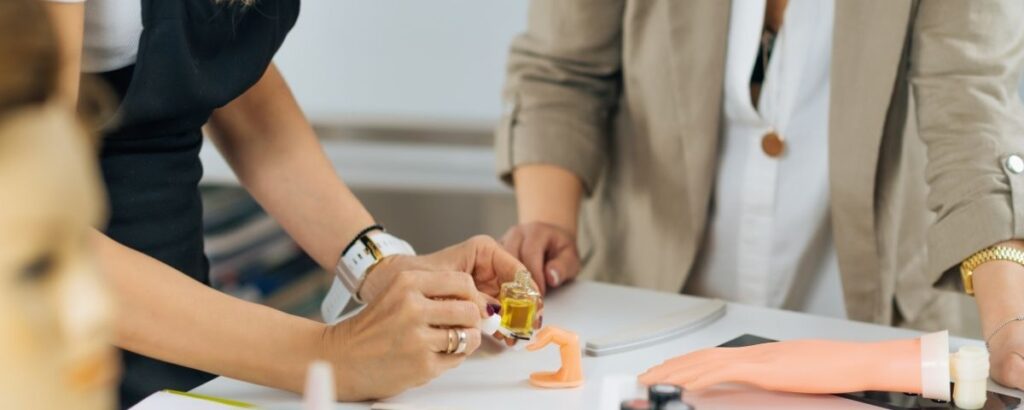
During one of our school’s biology excursions, I experienced hands-on learning experiences by holding a small frog in my hand. It’s cool, damp skin felt nothing like the picture in my textbook. These excursions expose students to new things that enhance their understanding beyond traditional classroom settings. That moment taught me more about amphibians than any written description ever could. When students touch, build, or experiment, they anchor knowledge in their memories. In short bursts of hands-on activities, we learn by doing, and retention skyrockets.
Embracing Culture and Diversity

Visiting a cultural heritage village opened my eyes to different cultures and traditions that I had never encountered before. Visits to historical sites provide students with real-world contexts to enhance their understanding of history, art, and culture. From colorful dance performances to local crafts, each display told a story of resilience and creativity. The importance of an educational tour becomes clear here: you don’t just learn about other cultures, you feel them. This exposure builds empathy and respect.
Exploring Science and the Environment
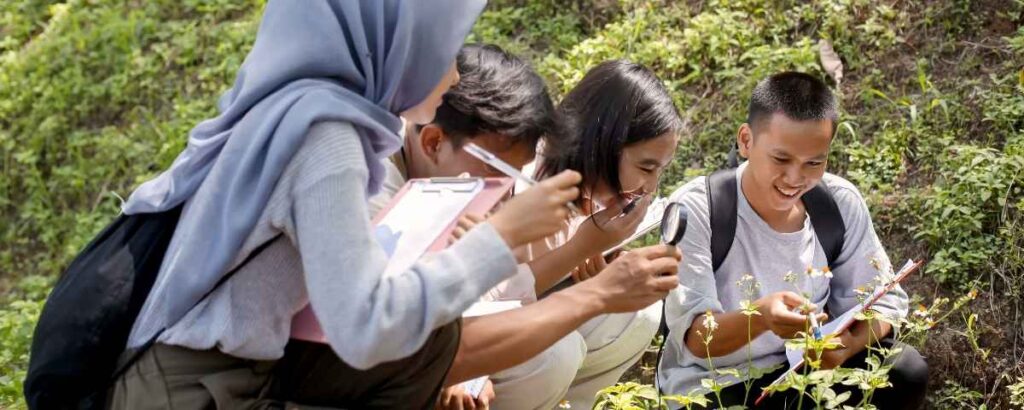
One spring, my class visited a botanical garden. Visits to science centers provide practical, real-world applications of classroom teachings. We identified plants, learned about pollination, and even got a chance to scoop water samples from a pond. Scientific concepts that once lived only as abstract ideas in my notebook transformed into vibrant, breathing ecosystems. By being exposed to new environments, our perspectives broadened, and our understanding of scientific concepts deepened. Trips like these foster environmental stewardship. We learn to care for our planet because we’ve seen its wonders up close.
Industrial and Technological Discovery
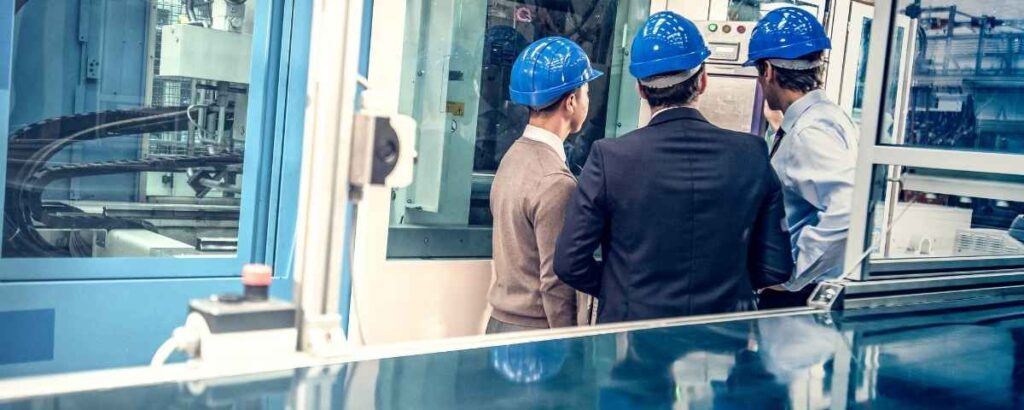
I still recall the hum of machines during our visit to local factories. Seeing assembly lines in action, I grasped how math and engineering shape the products we use every day. The importance of educational tour in industry settings can’t be overstated. It reveals real-world applications of classroom lessons, and sometimes, it ignites a passion for careers in STEM fields that students never knew existed.
Building Social Skills

An educational trip isn’t just academic; it’s social. These excursions foster teamwork, communication, and interpersonal skills among students. Whether planning routes with classmates or sharing lunch under an old oak tree, these trips facilitate social interaction by connecting students in diverse environments. I found myself leading small groups, coordinating schedules, and solving unexpected challenges—skills that extend far beyond school walls. These social lessons are just as crucial as any fact or formula.
Broadening Your Worldview
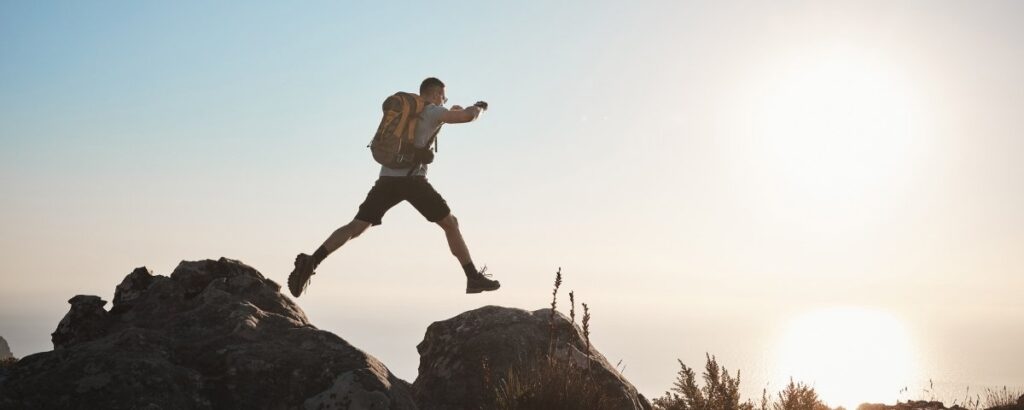
Traveling beyond familiar streets to diverse places expands our horizons. I discovered that people elsewhere might greet the same sunrise with different languages and rituals. Each new environment challenges assumptions and broadens perspectives. That’s why the importance of travel in educational excursions goes hand in hand with personal growth. We learn that curiosity and openness make life richer.
Turning Experiences into Lifelong Learning
Applying Lessons in Real Life
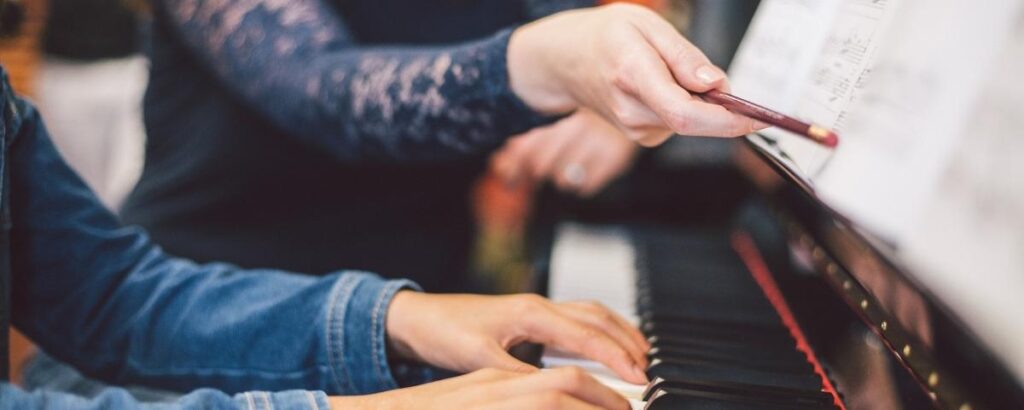
After returning from any educational field trip, I always find myself spotting connections everywhere. Calculating angles while measuring a bridge, recalling chemistry when cooking in the kitchen, or sketching architectural details on a building façade—classroom lessons suddenly feel relevant. Those real-world applications cement understanding and keep us motivated to learn more.
Developing Critical Thinking and Confidence

New environments often bring unexpected questions. On a wildlife sanctuary visit, I once wondered why certain animals preferred shaded areas. Investigating that curiosity taught me to ask better questions and seek evidence. Each excursion hones our critical thinking. Teachers play a crucial role in enhancing these experiences by facilitating interaction and providing insights into student behaviors. Plus, tackling challenges—navigating a museum map or interviewing a guide—boosts confidence in ways that classroom exercises rarely can. These trips aim to achieve various educational objectives, such as experiential learning, cultural immersion, social development, and personal growth.
Cementing Knowledge Through Reflection

Reflection is key. After every trip, we gathered in class and shared stories, sketches, and reports. Writing about what we saw and learned helps cement it in our minds by enhancing student engagement and retention of information through the application of classroom knowledge in real-world contexts. I still re-read my journal from a museum visit—I remember the awe, the smells, even the echo of footsteps in ancient hallways. These post-trip activities turn fleeting moments into lasting lessons.
Making Education Excursion Part of the Curriculum
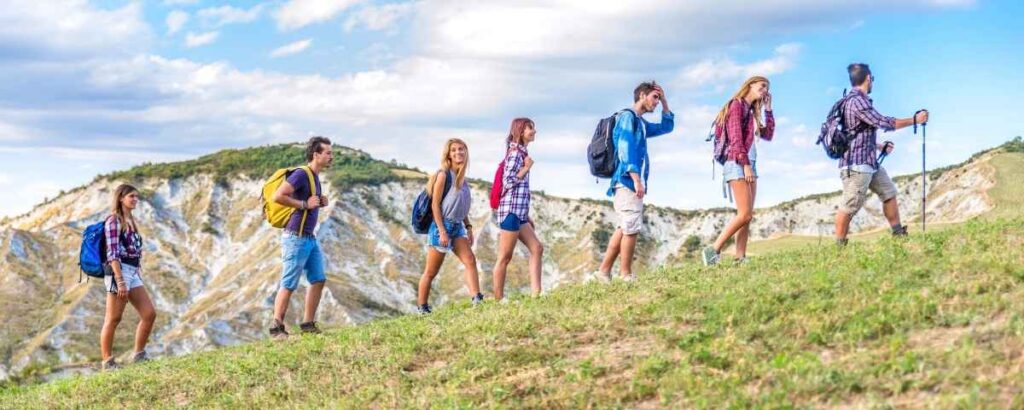
I firmly believe that school life without field trips is like reading a novel with missing pages. Educational excursions are not add-ons; they are essential. Institutions such as schools and universities play a crucial role in organizing these excursions to provide students with real-world experiences. When educators weave trips into lesson plans, they create a rich tapestry of learning experiences. Planning regular outings ensures every student enjoys these transformative moments, making them an essential part of the curriculum. It’s more than fun—it’s fundamental to a holistic education.
Your Invitation to Explore
If you’re a student or an educator planning the next school year, consider this your opportunity. Whether you’re tracing history in a fortress or observing insects in a rainforest, each trip is a step toward a deeper, more meaningful education. These experiences provide students with a sense of joy while discovering new opportunities and learning about their surroundings.
So pack your bag, lace up your shoes, and get ready to learn outside the classroom. Adventure awaits—and with it, lessons that will stay with you long after the final bell rings.




